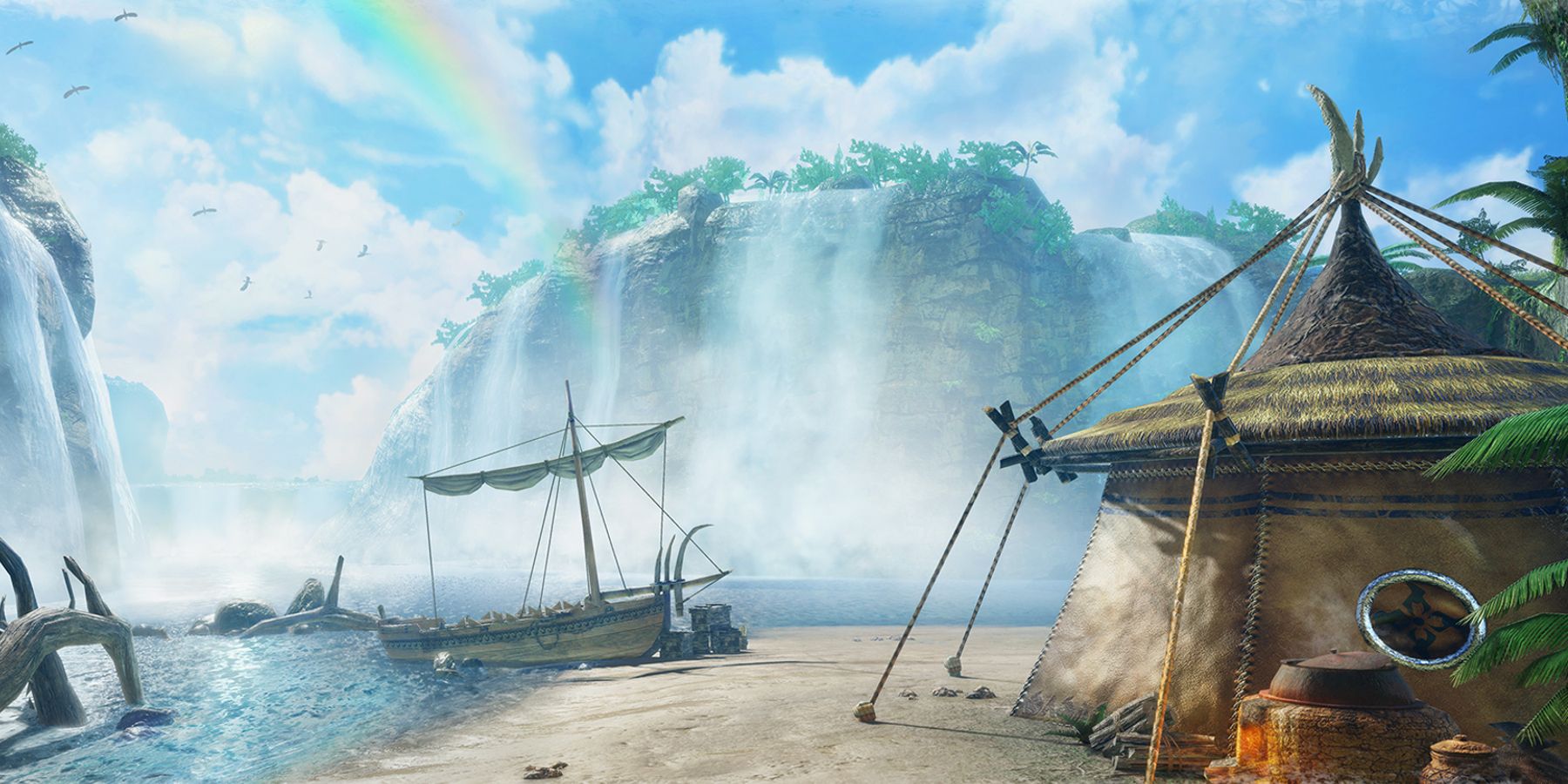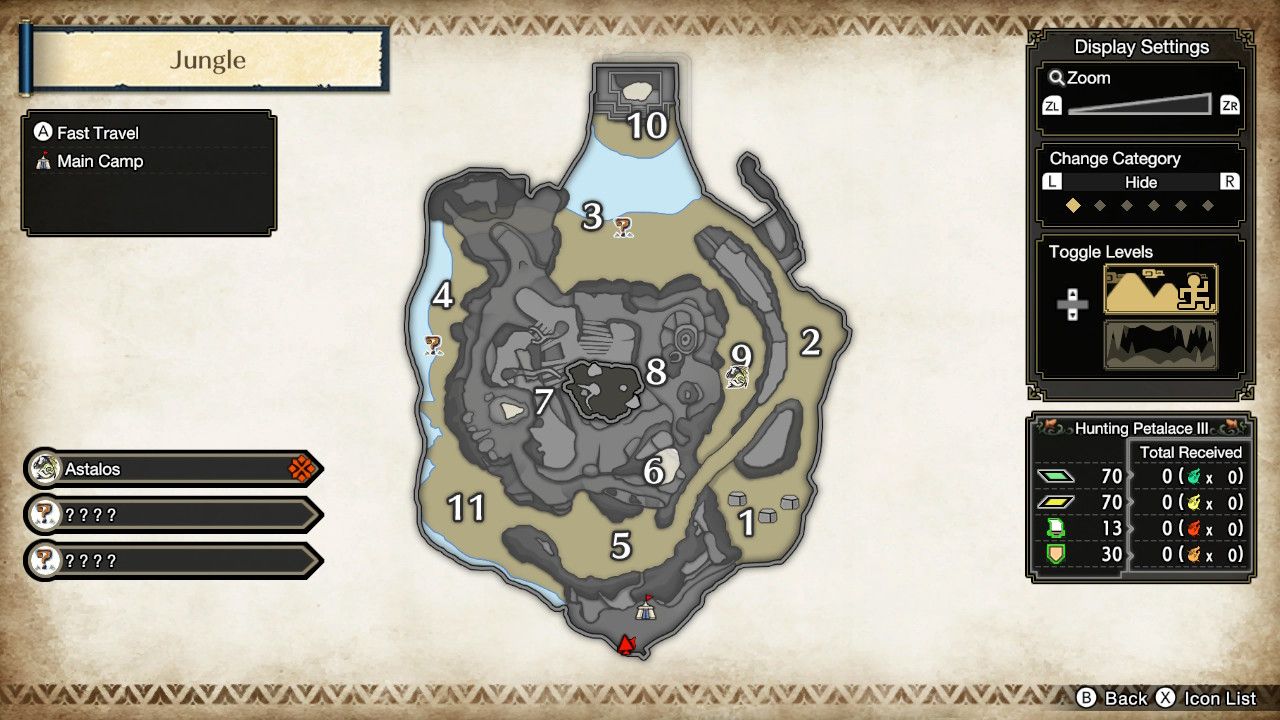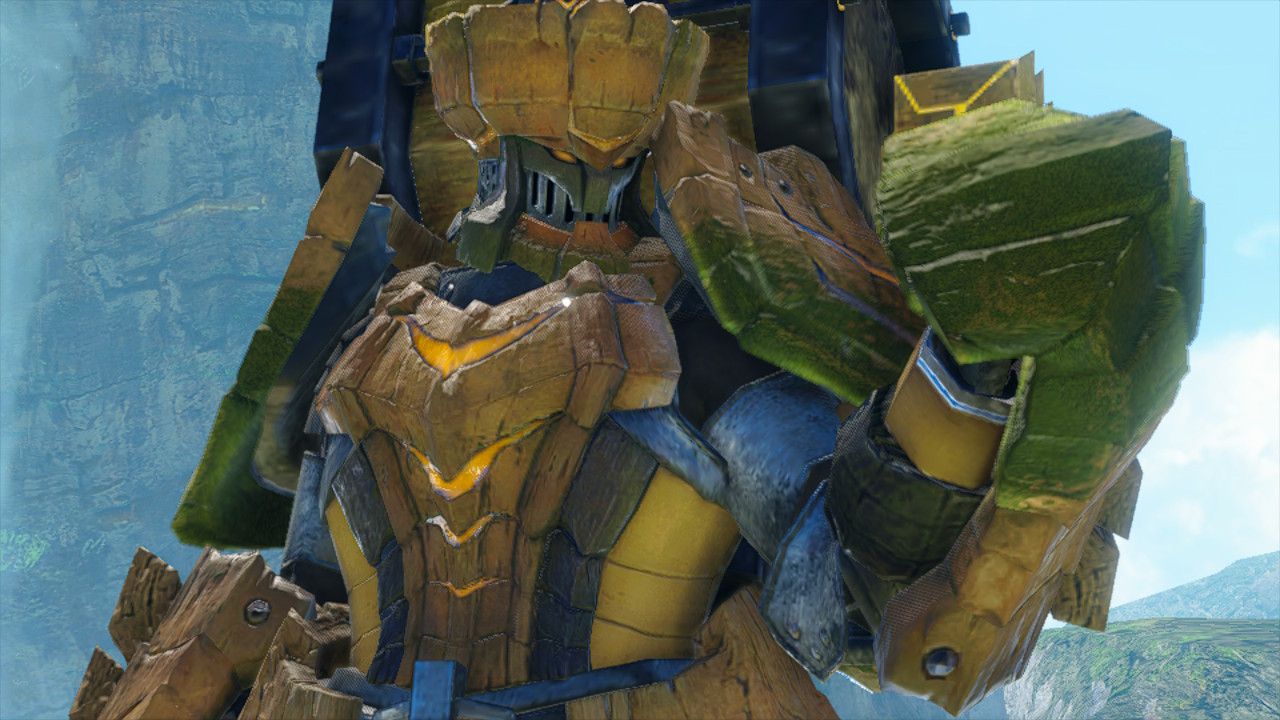Capcom fans have a lot to look forward to between Resident Evil Village DLC, a remake of Resident Evil 4, Street Fighter 6, Dragon's Dogma 2, and Monster Hunter Rise: Sunbreak. These games and others, like the multiplayer dinosaur-battling title Exoprimal, have been highlighted at recent events including Summer Game Fest 2022 and the June 13 Capcom Showcase. Sunbreak is the most pertinent given this expansion releases on June 30, and prospective players can access a demo to try out its additions.
There are plenty of mechanical changes in Sunbreak, such as the ability to run up walls without using one's Wirebug grappling hook or swapping between two sets of Switch Skills. Veteran hunters will also be interested in what monsters are on offer - from the new flagship Elder Dragon Malzeno to returning favorites like Gore Magala. However, another fun point brought up in the Capcom Showcase is that older Monster Hunter maps like Jungle can return with a revamped layout.
Monster Hunter's Changing Map Designs
In traditional Monster Hunter games going back to the PlayStation 2 original in 2004, maps were split into areas. These areas represent an ecosystem; Monster Hunter's "Forest and Hills" map has 12 areas for example, with Areas 1 through 4 and Area 6 on the right-hand side being more rolling hills and a plateau, whereas Areas 7 through 12 on the left delve deeper into a forest. Area 5 is a dark cave on the plateau with a Wyvern nest perfect for Egg delivery quests.
While each monster has complex behaviors that see them moving between areas, sleeping or eating when exhausted by the hunt, limitations of the hardware meant maps were separated by loading screens for the player. It was easy enough to figure out how archetypical biomes connected going from one area to the next, but perspective could make it unclear how far a hunter was actually traveling during a loading screen.
This was the case until 2018's Monster Hunter World, where maps became seamless open-world regions with natural blockades like mountains or one-way drops but no loading screens between areas (where a monster would still linger for different phases). Though this seemed like an innovation exclusively for the PS4/Xbox One title, Monster Hunter Rise carried on the philosophy and made maps easier to traverse through Wirebugs and ridable Palamute companions.
Maps That Could Come to Monster Hunter Rise: Sunbreak
Rise had three brand-new maps: Shrine Ruins, Frost Islands, and Lava Caverns; but also showed Capcom's willingness to reinvent older layouts via the Flooded Forest and Sandy Plains maps - both originating in Monster Hunter 3. Now Sunbreak is bringing back the Jungle map from Monster Hunter 2 alongside its new, expansive Citadel map stalked by the Three Lords terrorizing Elgado.
Those who download the Sunbreak demo can see Capcom's latest iteration of Jungle during a trial fight against the returning monster Astalos. The more compact map is impressively interwoven thanks to new shortcuts like the Area 10 island temple having an accessible underground chamber which connects to the cavernous Areas 6, 7, and 8. Capcom has also promised Free Title Updates for Monster Hunter Rise: Sunbreak, with the first adding Lucent Nargacuga and the Forlorn Arena map in August.
Given returning maps in Rise have been from older Monster Hunter games where there's freedom to adapt flat structures into something fresh, Sunbreak's updates could add regions like the aforementioned Forest and Hills, or Monster Hunter 2's Snowy Mountain. Last appearing in Generations Ultimate as the home of Gammoth, there are three distinct "regions" of grassland, caverns, and snowy mountaintops across its eight areas that would be fun to see woven together.
However, Capcom could also look to the fourth-gen Monster Hunter games for dynamic ideas. Monster Hunter 4 was the first to introduce truly vertical level design with an emphasis on hunters being able to climb. Maps like Ancestral Steppe or Volcanic Hollow would not only be beautiful in Rise's RE Engine, they would also be easier to traverse thanks to features like Palamutes. The incoming Forlorn Arena, where players have fought monsters like Golden Rathian and Molten Tigrex, suggests players could see more "boss arenas" like Lao-Shan Lung's Fortress (perhaps as a Rampage map), Ukanlos' Polar Field, or Dalamadur's Speartip Crag - a fight that would be more interesting with Rise's ease of climbing onto the snake.
Monster Hunter Rise is available now for PC and Switch. Its Sunbreak expansion launches on June 30, 2022.



